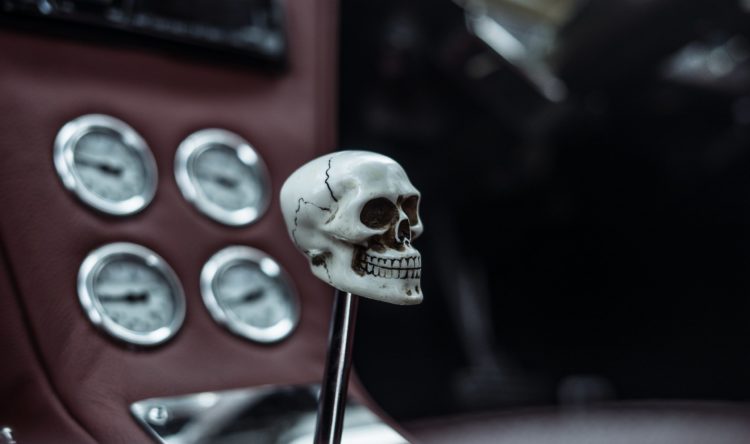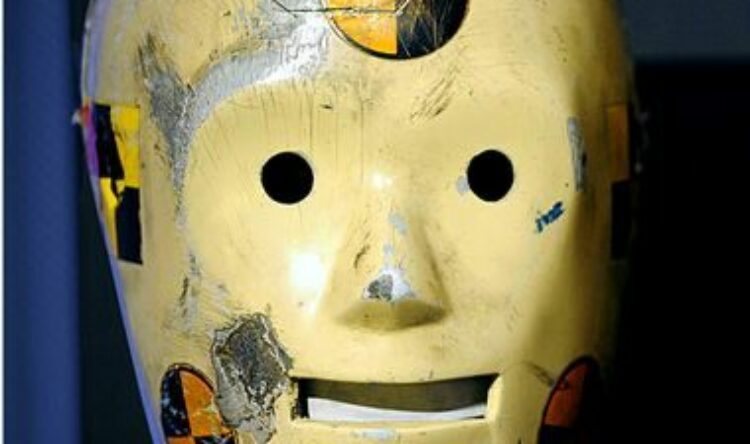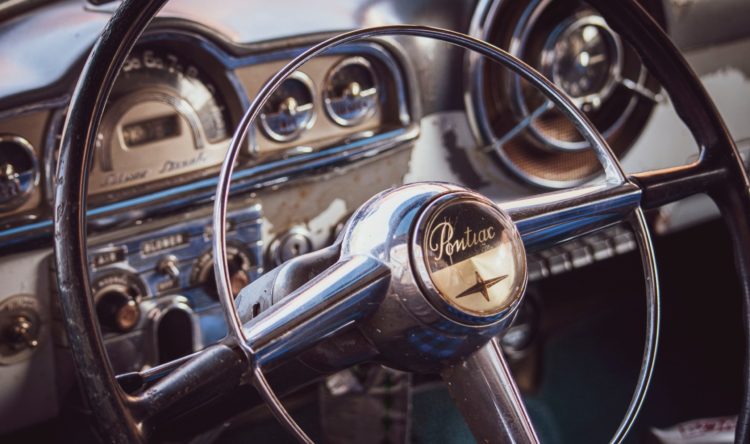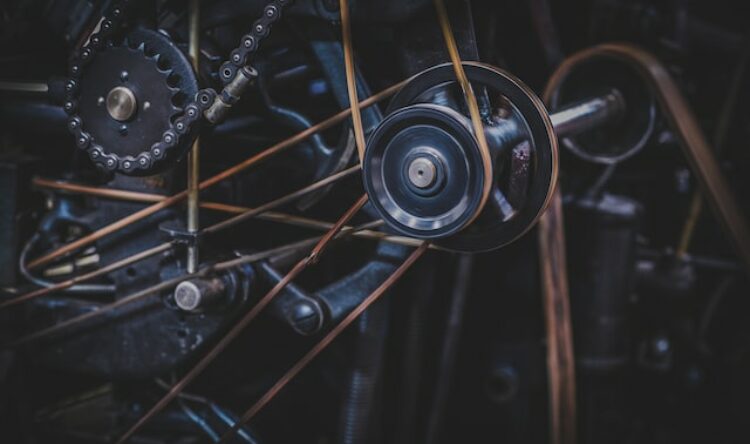Three tips to prevent rust on your vehicle
Weather-beaten British drivers have been offered advice on how to protect their vehicles from rust and water damage.
Motoring experts from LeaseVan.co.uk have revealed three top tips on how to reduce the chance of rust affecting the metal on cars and vans.
Rust is the orange-brown discolouration that builds up when metal objects are exposed to oxygen and moisture.
A form of iron oxide, it occurs when iron combines with the oxygen in the air, causing the metal to corrode.
Rust can affect iron and its alloys, including steel, and as well as looking unattractive, if untreated, rust can completely decimate an entire structure.
Tim Alcock from LeaseVan.co.uk said: “Rust causes metal to expand, which can place great stress on the structure as a whole, weakening the metal and making it brittle and flaky.
“Unfortunately, prolonged exposure to outdoor conditions will always increase the risk of rust, especially if its rainy or humid – but there are ways you can prevent it from happening.
“Regular maintenance and upkeep are key, but you can also apply anti-rust products to protect your car’s body paint.”
1. Wash your vehicle regularly
If you want to stop rust from starting or spreading, then you have to make a habit of washing your vehicle on a regular basis – however, you should always thoroughly dry all moist or wet areas afterwards as any moisture left on metallic surfaces can cause rusting.
Dirt and dust cannot directly cause corrosion, but they can rub against the protective paint on your car and with constant friction, the paint can wear off, inviting the development of corrosion.
Similarly, bird droppings may seem like benign organic matter, but the compounds present in these animal wastes can also cause a chemical reaction on the clear coat of the car. The same is true with automotive liquids like brake fluid and fuel. If any of these fluids spill onto metal parts of the car, then there’s a chance that corrosion can take place, so washing your car or van regularly will prevent this from happening.
2. Apply anti-rust products
All modern vehicles undergo extensive application of rust-protection technologies before they roll out of the assembly, and some manufacturers apply several layers of corrosion-resistant automotive paints on the car’s body – however, exposure to the elements can still eat away at the paint. These same compounds can interact with the anti-rust treatment, so it’s advisable to apply a rust prevention spray.
Before applying this product to your vehicle, make sure to clean, wash and dry it off first. It makes no sense to apply rust proofing car protection on surfaces that are covered in dirt or dust!
3. Address early signs of corrosion
If you spot any sign of corrosion on your car, you must treat it straight away, as leaving it will just allow it to get worse. There are rust repair kits available on the market, but these only work on minor rust.
If you don’t want to use these kits or if the rust is more severe, then you can use sandpaper. Start with a 180-grit sandpaper, then 320-grit, before finishing it off with 400-grit. This will help remove the ruse from the surface while smoothing it out.







